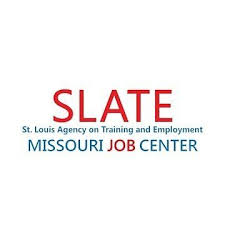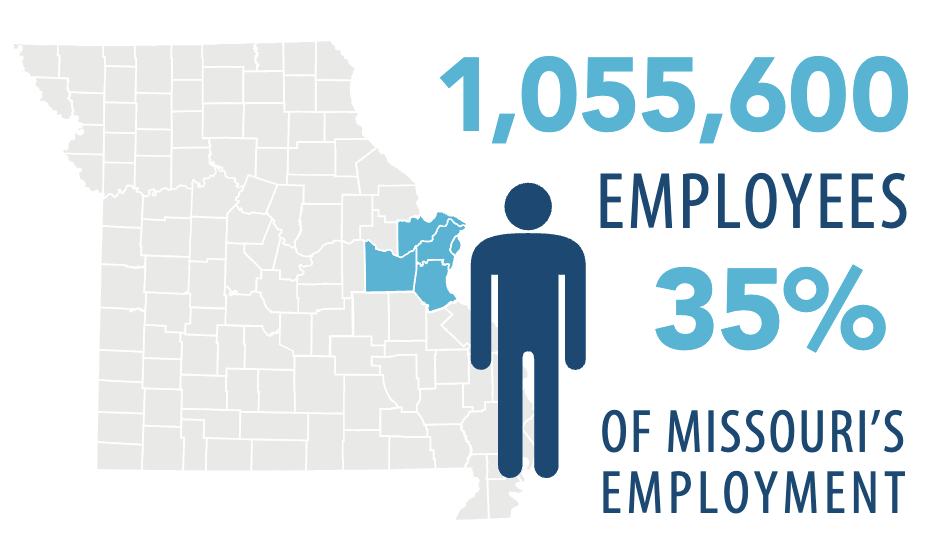St. Louis City
The City of St. Louis Workforce Development Board exists to develop a quality workforce that meets the economic and labor market needs of the region by providing leadership and promoting collaboration between public, private and elected official partners.
The leadership of the City of St. Louis WDB and its many partners has created a system that successfully links qualified job seekers to meaningful careers and ensures that area businesses have access to the skilled workforce they need to grow, compete, and thrive.
The City of St. Louis Workforce Development Board, Inc. (WDB) provides strategic leadership and oversight of the workforce development programs implemented by the St. Louis Agency on Training and Employment (SLATE). These programs assist adults and youth upgrade their basic and occupational skills while helping businesses to connect with job seekers.
The WDB consists of a minimum of twenty-three (23) volunteer citizens, who are appointed by Mayor. These individuals represent local businesses, public and community-based agencies, and labor organizations.
St. Louis Labor Market Overview
The St. Louis Region of Missouri includes five counties and key cities such as St. Charles, St. Peters, Florissant, O’Fallon, Chesterfield, and the City of St. Louis. In 2023, the region employed 1,055,600 workers, making up 35% of Missouri’s workforce, with an unemployment rate of 2.9%, slightly below the state average. The workforce is aging, with 24% of workers aged 55 or older, and educational attainment is higher than the state average, with 49% holding an associate degree or higher. The region has a diverse workforce, with 23.8% identifying as non-white, and 8.6% of residents speaking a language other than English at home.
The largest industries include health care and social assistance (191,100 jobs), retail trade (105,500 jobs), and professional services (79,400 jobs). From 2019 to 2023, employment grew by 2.2%, with gains in health care, technical services, and construction, while retail trade and food services saw declines. The region has high employment concentrations in computing infrastructure, management services, chemical manufacturing, and hospitals, reflecting its role as a hub for finance, technology, and healthcare. Future job growth is expected in hospitals, professional services, and warehousing, supporting long-term workforce expansion.
The most in-demand jobs include retail sales, truck drivers, and healthcare roles such as registered nurses and medical managers. Online job postings highlight strong employer demand for nurses, software developers, and truck drivers. Employers cite workforce shortages, with on-the-job training and career programs essential to filling gaps. Projected job growth over the next decade will be driven by healthcare, technology, logistics, and education, shaping the region’s labor market.

St. Louis City Director
Fredrecka McGlown
314.657.3557
1520 Market Street, Rm 3050, 3rd Floor
St. Louis, MO 63104
Local Plan
Explore our comprehensive strategy to drive workforce development and economic growth in the St. Louis City Region.


